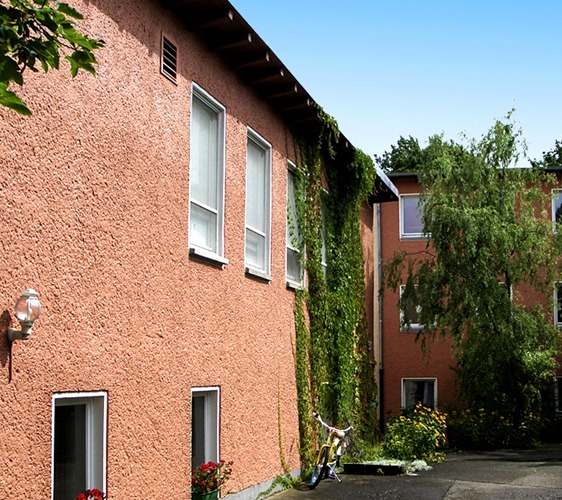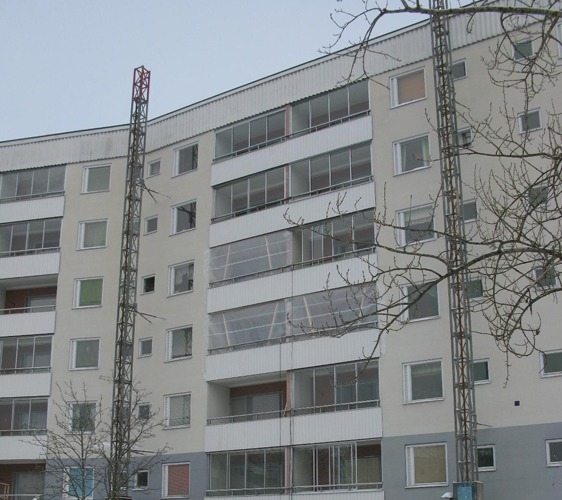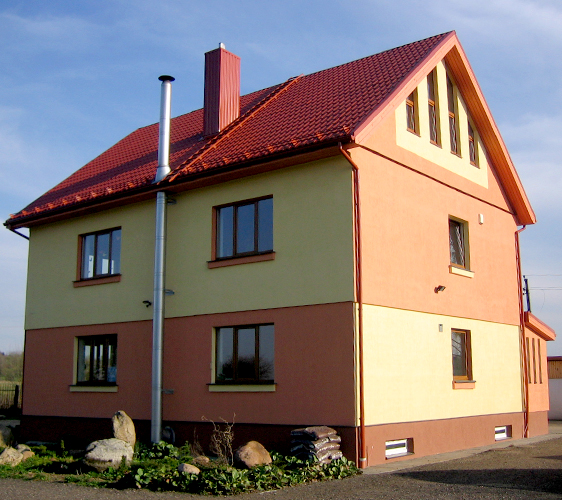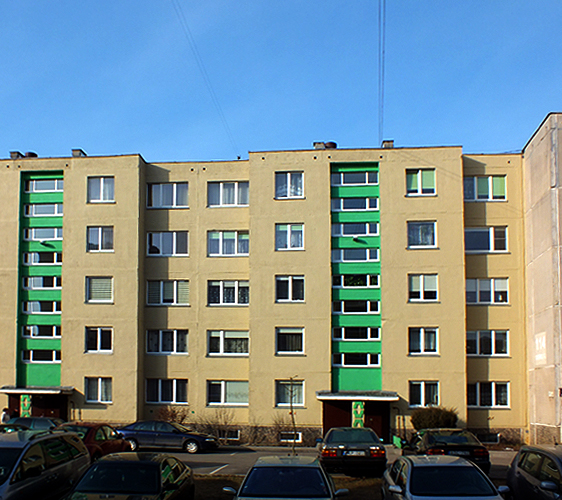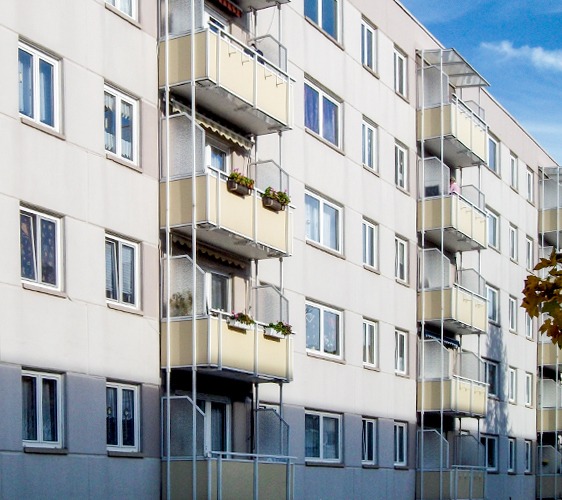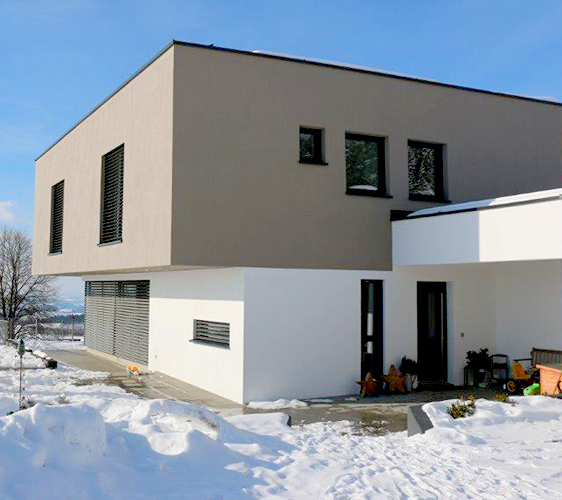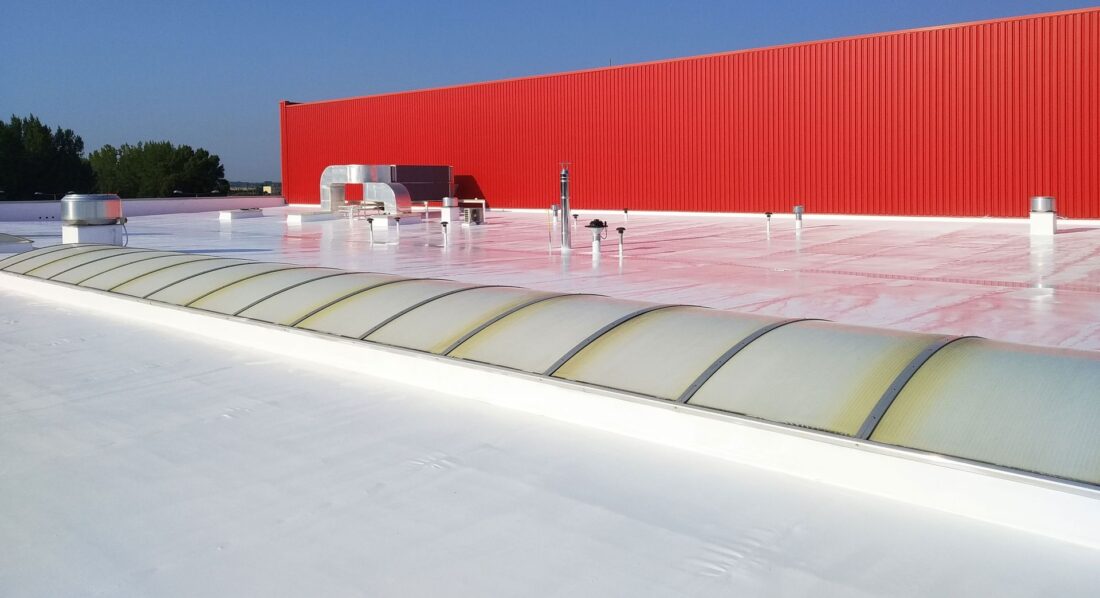Day care centre in Pankow
Facade coating in 2004: ClimateCoating® ensures a beautiful building and a healthy climate at the St. Maria Magdalena day-care center for children
Berlin, August 9, 2004. While politicians are still discussing better funding for childcare, Berlin’s daycare centers are increasingly receiving support from the business community. The daycare center of the Catholic parish of St. Maria Magdalena in Pankow, for example, is pleased to celebrate its 10th birthday over a refurbished building. Thanks to the support of two Berlin companies, the formerly grey house at Boris-Pasternak-Weg 16-20, near Schönhausen Palace, will shine in a beautiful shade of terracotta for the big birthday summer festival on 29 August.
The main sponsor is the Berlin-based SICC GmbH, which is one of two companies worldwide that manufactures the innovative ClimateCoating® surface coating and distributes it exclusively in Germany, Europe and the Middle East. SICC GmbH provided around 1000 litres of its ClimateCoating® ThermoProtect product free of charge and financed the painting work. The company Hoffmann Gerüstbau provided the necessary scaffolding free of charge for the duration of the renovation work.
Thanks to ClimateCoating®, the approximately 70 children at the St. Maria Magdalena daycare center can now be cared for in an environment that is as beautiful as it is healthy. Because ClimateCoating® not only reduces annual heating costs by up to 30 percent, it also protects the building from mold, algae, cracks and environmental pollution. Thanks to an optimum humidity of around 55 percent and even heat distribution, a building coated with ClimateCoating® has a permanently healthy and pleasant feel-good climate, especially for children with allergies and asthma. And in the hot summer months, the rooms no longer heat up so unpleasantly.
“We parents are very happy that the kindergarten now looks so nice and that SICC GmbH is doing so much for our children,” explains the chairman of the parents’ association Wolf Dornblut. Ursula Erler from the building department of the archbishop’s office is also enthusiastic: “When the parish of St. Mary Magdalene took over the responsibility for the daycare center ten years ago, the rooms were renovated on the inside, but there was simply never any money for an exterior renovation. That’s why we were very pleased with the offer from SICC GmbH to renovate the daycare center free of charge.”
After approval by the responsible monument authority – the daycare center is located in the access road to Schönhausen Castle – construction work could begin at the start of the daycare center holidays at the beginning of July. Everything should be ready in time for the big summer festival on 29 August. On this day, children, parents, educators, community members and residents will celebrate the birthday and the completed renovation together with the employees of SICC GmbH and the company Hoffmann Gerüstbau. Interested visitors are cordially invited. “This project has been a lot of fun for us and we will certainly continue to work in this direction,” said SICC Managing Director Waldemar Walczok. “After all, our children are the most important thing we have.”

